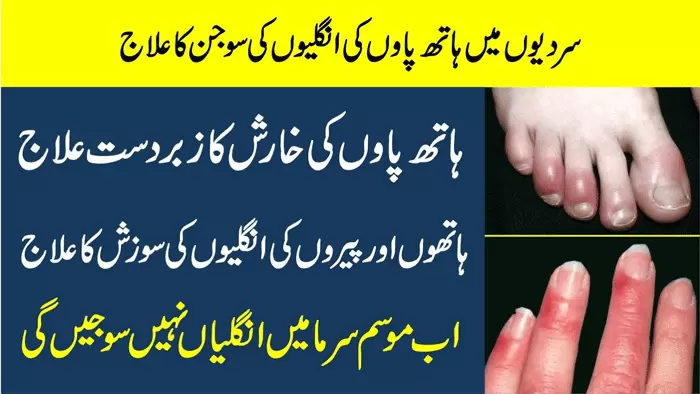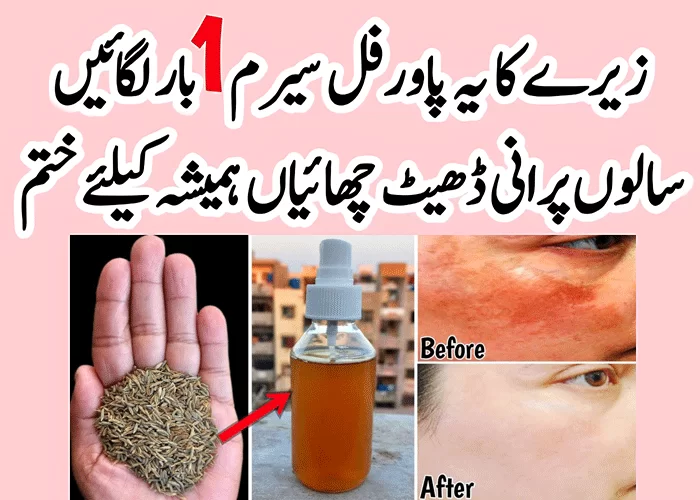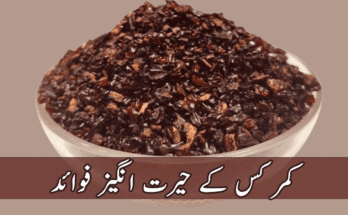Swollen Fingers: What are Chilblains and How to Avoid Them This Winter
Enlarged Fingers: Understanding Chilblains and How to Avoid Them This Winter As winter draws near, many of us anticipate the pleasures of snow, warm sweaters, and hot cocoa. Notwithstanding, as far as some might be concerned, the chilly climate brings along a less welcome friend: chilblains. This condition, frequently influencing fingers and toes, can cause distress and concern. We will discuss what chilblains are, why they occur, and how to avoid them during the colder months in this article.





Understanding Chilblains for Students
What are Chilblains?
Imagine your skin doesn’t like being cold. When it gets too cold, especially on your nose, fingers, toes, and ears, it can react by creating itchy, red spots. This is called chilblains, or pernio. Sometimes, these spots can swell up, hurt, or even turn into blisters if they get really angry.
Why Do Chilblains Happen?
Chilblains are like a skin tantrum when it gets too cold. Here’s what happens:
1. Cold Skin: When your skin gets cold, the tiny blood pipes (vessels) underneath tighten up.
2. Quick Warming: When you warm up too fast, these blood vessels open up really quickly.
3. Leaky Vessels: This quick change can make the vessels leak blood into nearby skin, which causes swelling, redness, and itchiness.
You might get chilblains more easily if:
– Your blood doesn’t flow well.
– You’ve had chilblains before.
– You live somewhere damp or cold.
– You have a disease like lupus that affects your skin and blood vessels.
Signs of Chilblains
Here’s what to look for:
– Red, itchy spots on your skin.
– Swelling and soreness.
– Blistering or painful areas, especially if you warm up quickly after being cold.
How to Prevent and Treat Chilblains
Keeping Your Skin Safe
To stop chilblains:
Dress Warmly: Wear gloves, thick socks, and good shoes to keep your fingers and toes cozy.
Layer Your Clothes: More layers mean more warmth.
Stay Dry: Wet skin gets cold faster, so try to stay dry.
Healthy Habits
Warm Up Slowly: If you’re cold, don’t rush to a hot place. Warm up bit by bit.
Move Around: Exercise keeps your blood flowing, which helps keep your skin happy.
No Smoking: Smoking can make your blood flow worse, which might make chilblains more likely.
At-Home Care
Got chilblains? Try this:
Gentle Heat: Warm the area slowly and gently.
Soothing Creams: Use creams with calamine or witch hazel to calm the itch and swelling.
Keep It Dry and Covered: Don’t scratch. Keep the area dry and wrapped up.
When to Get Help
Mostly, chilblains go away on their own. But see a doctor if:
– They don’t get better or get worse.
– You see signs of infection like pus or lots of pain.
– You have other health problems, especially with blood flow.
Wrapping It Up
Chilblains can be a nuisance in winter, but with the right care, you can often avoid or treat them. Remember, if your chilblains are bothering you a lot, or if they don’t seem to get better, it’s a good idea to talk to a doctor. Stay warm and take care during the cold months!






